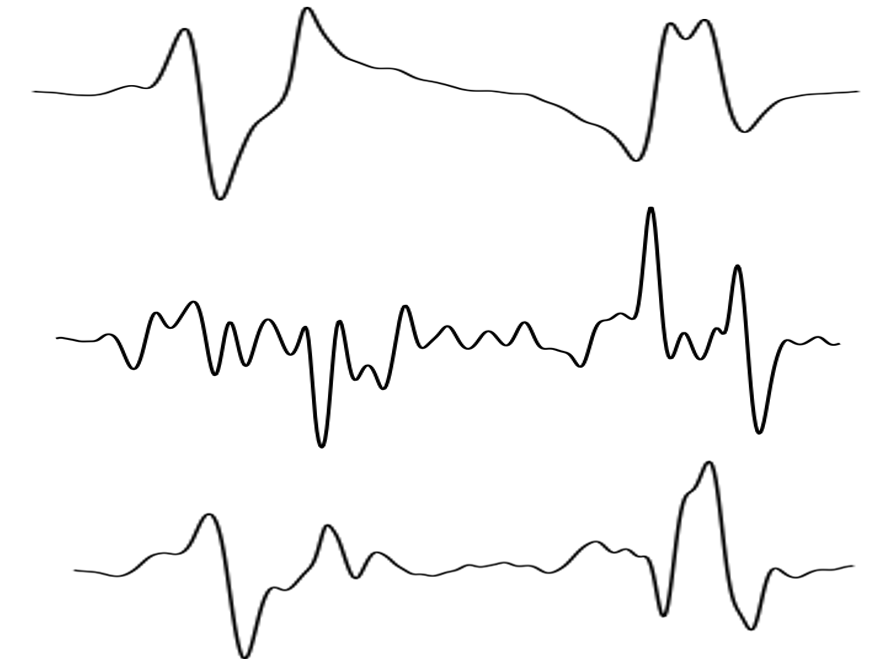Let’s dive into the most important libraries in R and Python to visualise data and create different charts, and what the pros and cons are
Being a pro in certain programming languages is the goal of every aspiring data professional. Reaching a certain level in one of the countless languages is a critical milestone for everyone.
For data engineers, SQL is probably the most important language. As a web developer, you need to know JavaScript, HTML, CSS and PHP in your sleep. For data scientists, on the other hand, Python and R are the preferred tools. Both languages have their strengths and weaknesses — and both offer powerful tools and a large community to analyze and visualize data.
If you’re at the very beginning of your data science journey, the choice between R and Python can be overwhelming. But if you want to move into this field in the long term, you will come into contact with both languages sooner or later anyway. Also, if you’re already at university, you probably have courses in both languages.
But let’s dive into the most important libraries in R and Python to visualize data, how creating charts in R and Python is different (with code examples), and what the pros and cons of the two languages are.
Table of Content
1 — What makes R a must-have? (And essential libraries for visualizations)
2 —…



